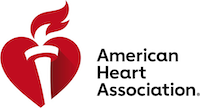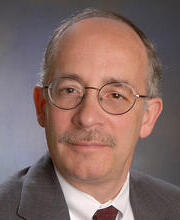About Protein Binding Atlas
Through unique resources like the Livermore Lab's unique state of the art supercomputing technology & capabilities, we can validate targeted drug hypotheses with higher probabilities of success while reducing time to market by potentially 50 percent. The computing platform is the 3rd fastest supercomputing environment globally, enabling an incredible magnitude of improvement in simulation efficiency.
This platform can help us develop new therapies sooner through:
- Discovery of drug-to-protein interactions in an unbiased manner
- Prediction of adverse drug reactions for candidate compounds
- Development of a comprehensive, open-access reference atlas of cell-protein targets to accelerate and hone drug discovery
Meet the Team
Acknowledgments

|
The Atlas is funded by the American Heart Association Center for Accelerated Drug Discovery under a collaborative research and development agreement (CRADA TC02274). Other elements funded by the AHA include
|

|
The AMPL safety and pharmacokinetic properties models were developed under the ATOM (“Accelerating Therapeutics for Opportunities in Medicine”) consortium, a public-private partnership founded by GSK, Lawrence Livermore National Laboratory, Frederick National Laboratory for Cancer Research, and the University of California, San Francisco. |

|
The following elements of the data provided in this web portal were supported by Laboratory Directed Research and Development (LDRD 20-ERD-065) at Lawrence Livermore National Laboratory.
|

|
All protein binding predictions were performed on Livermore Computing resources. We thank Livermore Computing for the generous allocation of computer time on Lassen, Corona, Quartz, Pascal, Surface, and Catalyst. |

|
We would like to thank NVIDIA for optimizing our machine learning and molecular dynamics simulation codes on the V100 GPUs in Lassen. |

|
We would like to thank AMD for optimizing our machine learning and and molecular dynamics simulation codes on MI50 GPUs in Corona. |



